Inflation in the eurozone fell more than estimated in March, as cost spikes in the grocery aisle eased and overall price rises headed down in the two biggest economies, Germany and France, solidifying the case for the European Central Bank (ECB) to start lowering borrowing costs from record highs.
The annual figure for the 20 countries that use the euro currency came in at 2.4%, below the 2.5% predicted by financial markets and brings the ECB ever closer to its inflation goal of 2%.
However, analysts say the decline from 2.6% in February, though welcome, would likely not be enough to trigger the ECB’s first interest rate cut.
The bank’s rate-setting council meets next week, but several analysts said the first reduction in borrowing costs is not expected until June despite the economy’s failure to grow.
Food inflation fell to 2.7% from 3.9%, and energy prices dropped by 1.8%, according to Eurostat, the European Union’s statistics agency. Meanwhile, core inflation, which excludes volatile food and energy costs, eased to 2.9% from 3.1% in February.
Annual inflation fell to 2.3% in Germany from 2.7% the month before and to 2.4% in France from 3.2%. The data from Germany – the eurozone’s largest economy – “brings some relief for the ECB,” said Carsten Brzeski, global head of macro at ING.
But prices for services, which include everything from movie tickets to medical care, are still high, and ECB officials will want to see the latest numbers on wage increases, analysts say.
“We think the ECB will commence with rate cuts in June,” said Rory Fennessy, senior economist at Oxford Economics. “While core inflation eased, the stubbornness of services inflation and the desire for the ECB for more wage data makes an April rate cut unlikely.”
The U.S. Federal Reserve (Fed) also is expected to cut rates later this year. Fed officials have penciled in three rate cuts, even as the decline in inflation there has slowed.
In Europe, inflation spiked to a record high of 10.6% in October 2022 after Russia cut off most of its natural gas to the continent due to the war in Ukraine. This caused energy prices to skyrocket and drove a cost-of-living crisis.
Along with losing that affordable supply of gas needed to heat homes, generate electricity and power factories, the rebound from the pandemic also strained supply chains, helping push up inflation.
Those price pressures have eased, but now workers are pressing for higher pay to make up for lost purchasing power. That has slowed the decline in inflation and left the ECB wary of cutting interest rates too soon.
The ECB rapidly raised its key rate from minus 0.5% to a record-high 4% between July 2022 and September 2023. Raising interest rates fights inflation by making credit to buy things more expensive, driving down spending and easing pressure on prices.
However, rate hikes can also hinder economic growth, and the focus has now turned to when the ECB will declare victory over inflation and start cutting rates to support the stalled economy. The slowdown came as inflation drained consumers’ pocketbooks of purchasing power and rate hikes kicked in.
The eurozone economy didn’t grow in the last three months of 2023 and figures for the first three months of this year are due April 30.

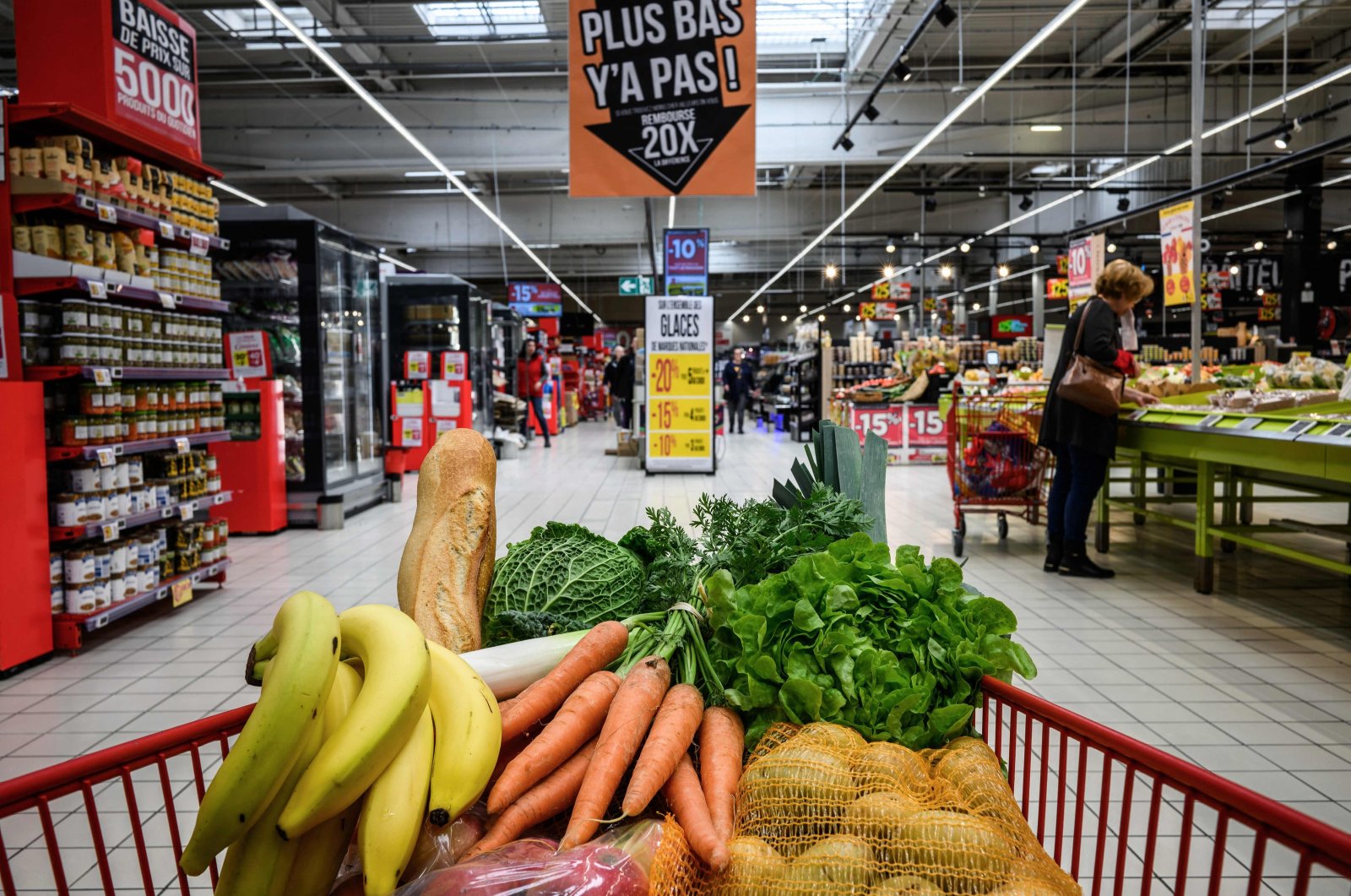


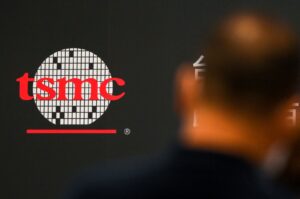




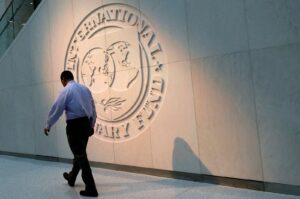




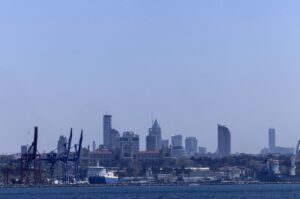


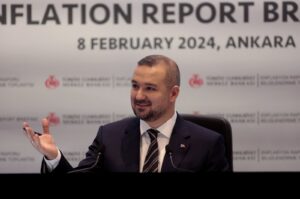




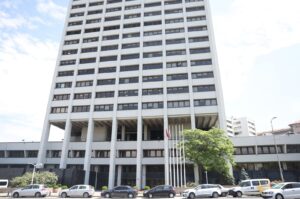




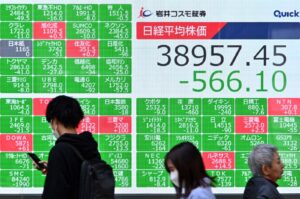
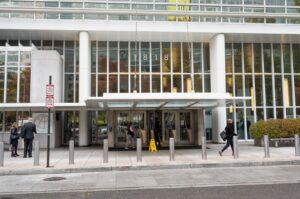









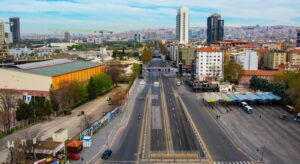












Be First to Comment